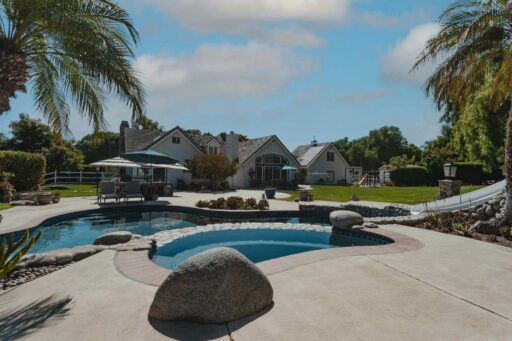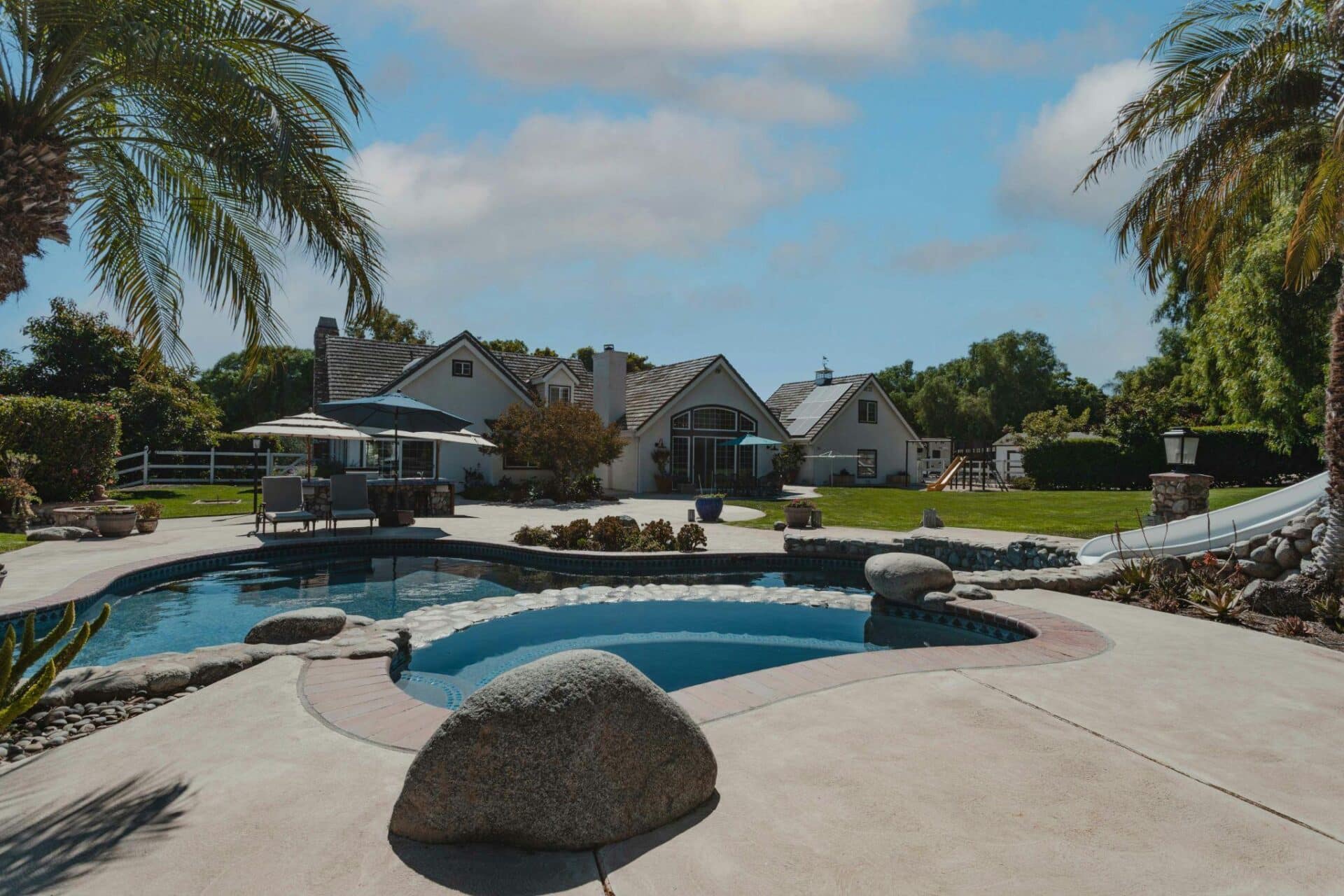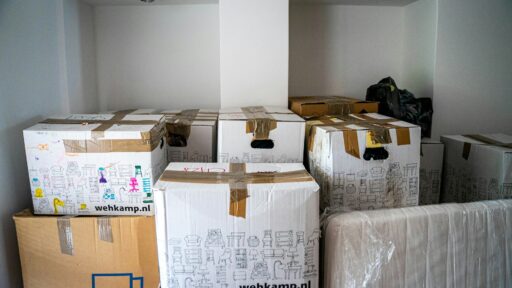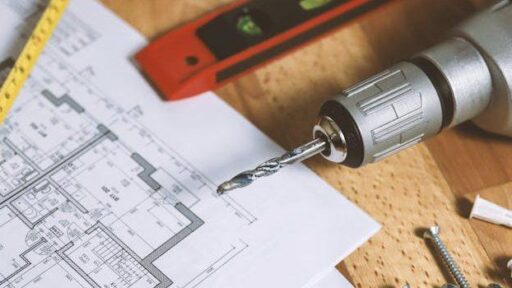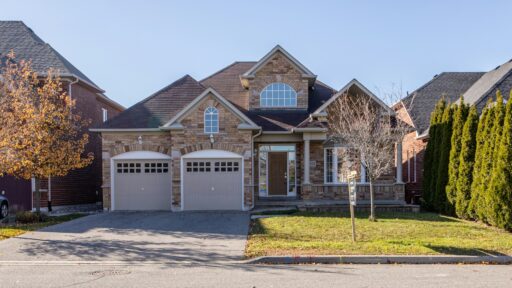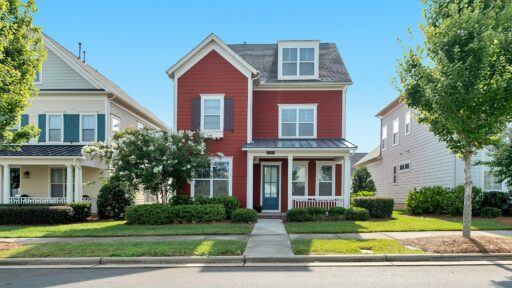The moment the front door opens to a luxury property, the senses immediately register perfection. Light filters through oversized windows, the air holds a subtle fragrance of fresh florals, and every surface gleams. It is an orchestrated vision, designed to captivate and entice. This initial scene sparks curiosity, yet it is only the first layer of what the property can become.
For those with a discerning eye, the potential extends far beyond what a staged tour reveals. The Valerie Fitzgerald Group offers insight into how Los Angeles properties for sale serve as ideal foundations for transformation. They pair investment opportunities with a canvas for personal expression. The viewing is a starting point, but the ultimate goal is to shape the space into a sanctuary that reflects individuality while enhancing its inherent value.
The shift from admiring a property to making it one’s own is not a simple matter of possession. It is a deliberate process of refinement, enhancement, and vision that transforms architectural beauty into a lived experience.
From First Impressions to True Possession
A high-end viewing offers a glimpse of possibility, but ownership allows for a deeper narrative. The transformation unfolds when the initial allure is complemented by personal style, functional upgrades, and tailored comfort.
Here are key stages in moving from viewing to possession:
- Look beyond the staging — Assess the home’s core structure and its potential for future improvements.
- Personalize with purpose — Introduce unique elements that reflect your style while respecting the home’s architectural integrity.
- Adapt to your lifestyle — Tailor the layout, amenities, and finishes to fit your daily needs.
- Upgrade strategically — Make thoughtful enhancements that elevate comfort and boost the property’s long-term value.
Each of these stages elevates the home from a market-ready presentation into a truly personal retreat, where design meets function in a way that staged rooms cannot replicate.
Core Components of a Transformative Luxury Makeover
Securing a high-end property is only the first step. The real transformation comes from addressing the elements that most influence both visual impact and everyday experience. Each component plays a distinct role in turning a staged home into a fully personalized, high-functioning residence.
Architectural Refinements
Structural adjustments play a crucial role in shaping the overall experience of a home. By modifying layouts, the flow between rooms is improved, which creates a natural connection that enhances both daily living and entertaining. Installing features like arched doorways, coffered ceilings, or large windows can also highlight volume and height, which gives rooms a more expansive, grand feel.
Strategically placed partitions, mezzanines, or sunken areas help define different zones within open spaces and allow for flexibility without compromising elegance. These architectural refinements not only leave a lasting first impression but also ensure the long-term functionality of the space, which makes each area feel purposeful and thoughtfully designed.
Premium Material Selection
Material choices convey luxury and durability. Marble countertops, exotic hardwood floors, or artisanal ceramic tiles elevate the aesthetic while providing surfaces that endure wear. Fine textiles, such as silk drapery or hand-woven rugs, add tactile interest and reinforce a sense of quality.
Beyond looks, materials influence acoustics, temperature retention, and maintenance needs, which help create a home that performs as beautifully as it appears. Thoughtful material selection ensures that the property maintains value while reflecting sophistication in every detail.
Lighting and Ambience Control
Lighting transforms perception and mood. Layered designs combine ambient, task, and accent lighting to accommodate work, relaxation, and entertainment without compromise. Sculptural chandeliers or wall-mounted fixtures can act as focal points, while concealed LED strips highlight architectural features.
Adjustable lighting levels allow each room to adapt to different times of day and occasions. Proper lighting amplifies design details, sets atmosphere, and enhances the homeowner’s experience, which reinforces both elegance and practicality.
Integrated Technology
Technology integration enhances comfort, security, and efficiency without undermining design. Smart thermostats, climate systems, and automated window treatments maintain optimal conditions effortlessly — a hallmark of today’s smart homes. Security features such as cameras, access controls, and alarms provide peace of mind while remaining discreet.
Audio-visual systems, entertainment hubs, and wireless controls allow seamless media use throughout the home. Thoughtful placement and concealment prevent devices from clashing with décor and establish a balance where technology enriches the home instead of intruding upon it.
When these components work in harmony, a home moves beyond mere appearance. Each element contributes to a cohesive experience that feels carefully curated, luxurious, and fully aligned with the owner’s lifestyle and priorities. The combination of architecture, materials, lighting, and technology defines spaces that are both impressive and deeply personal, reflecting the true potential of the property.
The Role of Design Philosophy in Elevating Lifestyle
Beyond physical upgrades, a home’s transformation is guided by a cohesive design philosophy. This vision shapes every choice — from the symmetry of a room’s layout to the tone of its palette.
A refined design philosophy aligns space with purpose. Neutral tones may create calm and focus, while bold accents can energize and inspire. The balance of textures — silk against stone, wood beside glass — creates tactile richness. Strategic art placement and curated accessories build character without visual clutter.
In a luxury context, design philosophy is not simply about style. It influences how spaces are used, how guests feel when they enter, and how the homeowner experiences each day. It merges beauty with function and ensures the home is as inviting to live in as it is impressive to behold.
Spatial Harmony and Functional Flow
A home’s design philosophy extends beyond aesthetics into the practical organization of spaces. Each room should have a clear purpose while maintaining a natural connection to adjacent areas. Thoughtful placement of furniture, pathways, and focal points ensures effortless movement throughout the home.
Open-plan layouts can integrate living, dining, and entertaining areas without sacrificing intimacy, while private zones such as bedrooms or studies remain distinct and serene. By aligning spatial arrangement with daily routines, the home not only looks cohesive but also supports comfort, productivity, and lifestyle needs.
Choosing the Right Luxury Property as a Canvas
The most successful transformations begin with selecting a property that has inherent potential. Certain attributes make a home ideal for a makeover — structural integrity, adaptable layouts, and a prime location among them.
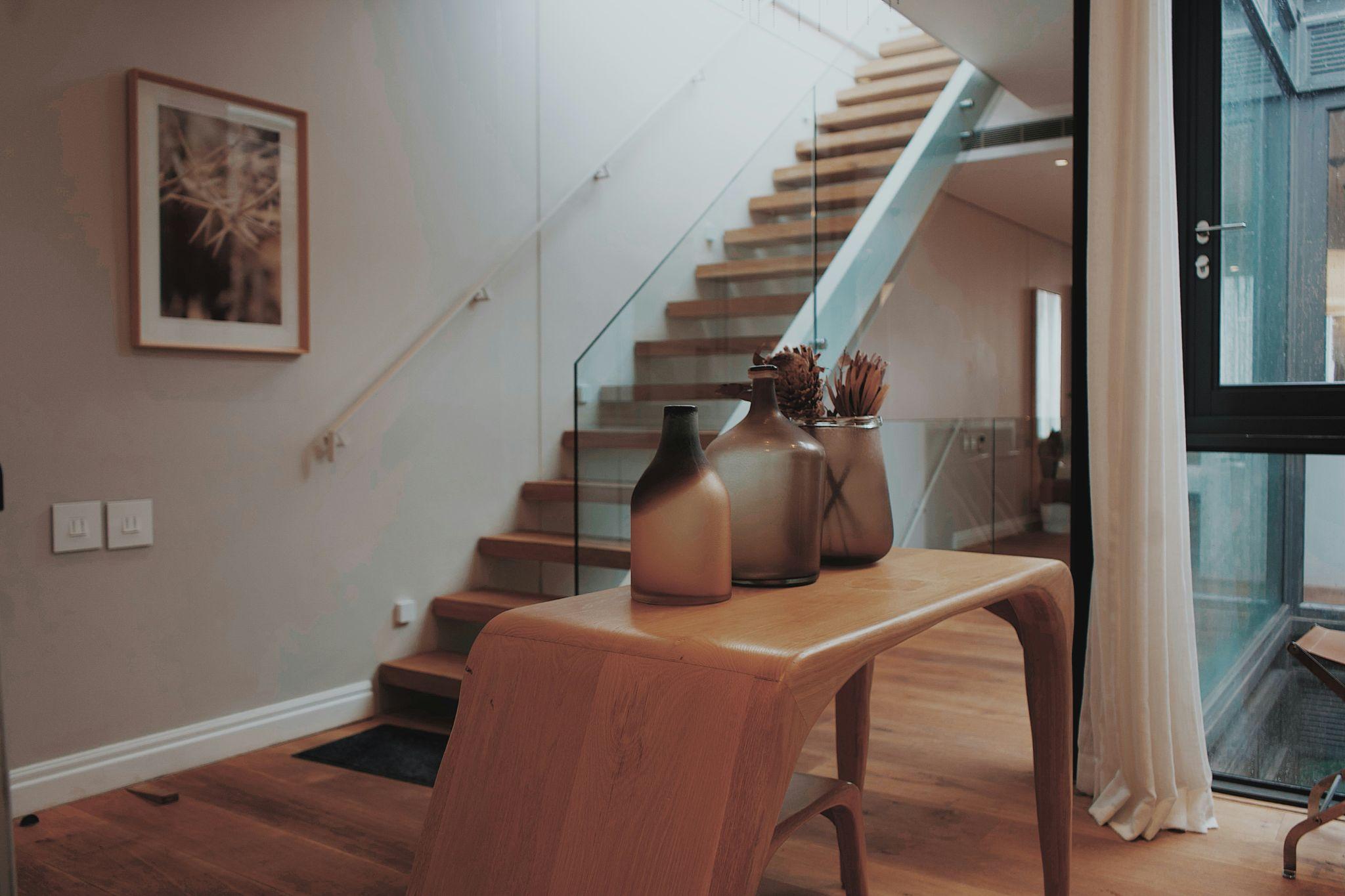
Below is a comparison of elements that distinguish a strong candidate for transformation from one with limited potential:
Feature | Ideal for Transformation | Less Suitable for Transformation |
|---|---|---|
Structural Integrity | Solid foundation, well-maintained framework, and no major damage | Significant foundational or structural issues that require costly repairs |
Layout Flexibility | Open floor plans or modifiable partitions that allow for easy reconfiguration | Confined layouts with load-bearing walls or difficult-to-move partitions |
Location Quality | Desirable neighborhood with growth potential and easy access to amenities | Isolated area with stagnant property values and limited growth potential |
Natural Light | Abundant daylight through large windows or good orientation | Limited light due to poor orientation or obstructions like surrounding buildings |
Architectural Character | Unique details that can be enhanced, such as moldings or original fixtures | Generic design with little distinctive appeal or outdated features |
Selecting the right canvas ensures that every investment in refinement pays dividends in both comfort and market value. It allows the transformation process to build upon strengths rather than compensate for weaknesses.
Balancing Luxury and Practicality
Opulence without function can quickly lose its charm. The finest luxury homes balance indulgence with daily livability. Marble countertops must resist staining, fabrics should withstand use without sacrificing elegance, and entertainment spaces should double as comfortable retreats.
This balance often requires thoughtful storage solutions, hidden organization systems, and versatile furnishings. A walk-in wardrobe can be designed to showcase couture while keeping essentials accessible. Kitchens may feature chef-grade appliances alongside intuitive layouts for everyday meals.
A truly successful transformation results in a space where grandeur serves comfort and makes each day feel both elevated and effortlessly manageable.
The Lasting Impact of a Well-Curated Makeover
When a luxury property is thoughtfully transformed, its influence extends far beyond its walls. The home becomes a personal sanctuary, a gathering space for family and friends, and a reflection of identity. The emotional connection to a well-curated space enriches daily life, while the tangible upgrades enhance long-term value.
A successful makeover leaves a legacy. It preserves the elegance that first captivated during the viewing, while layering in the lived-in authenticity that only comes with personal investment. The result is a residence that stands as both an asset and a work of art — a place where every detail tells the story of transformation from premium viewing to exquisite lifestyle.

